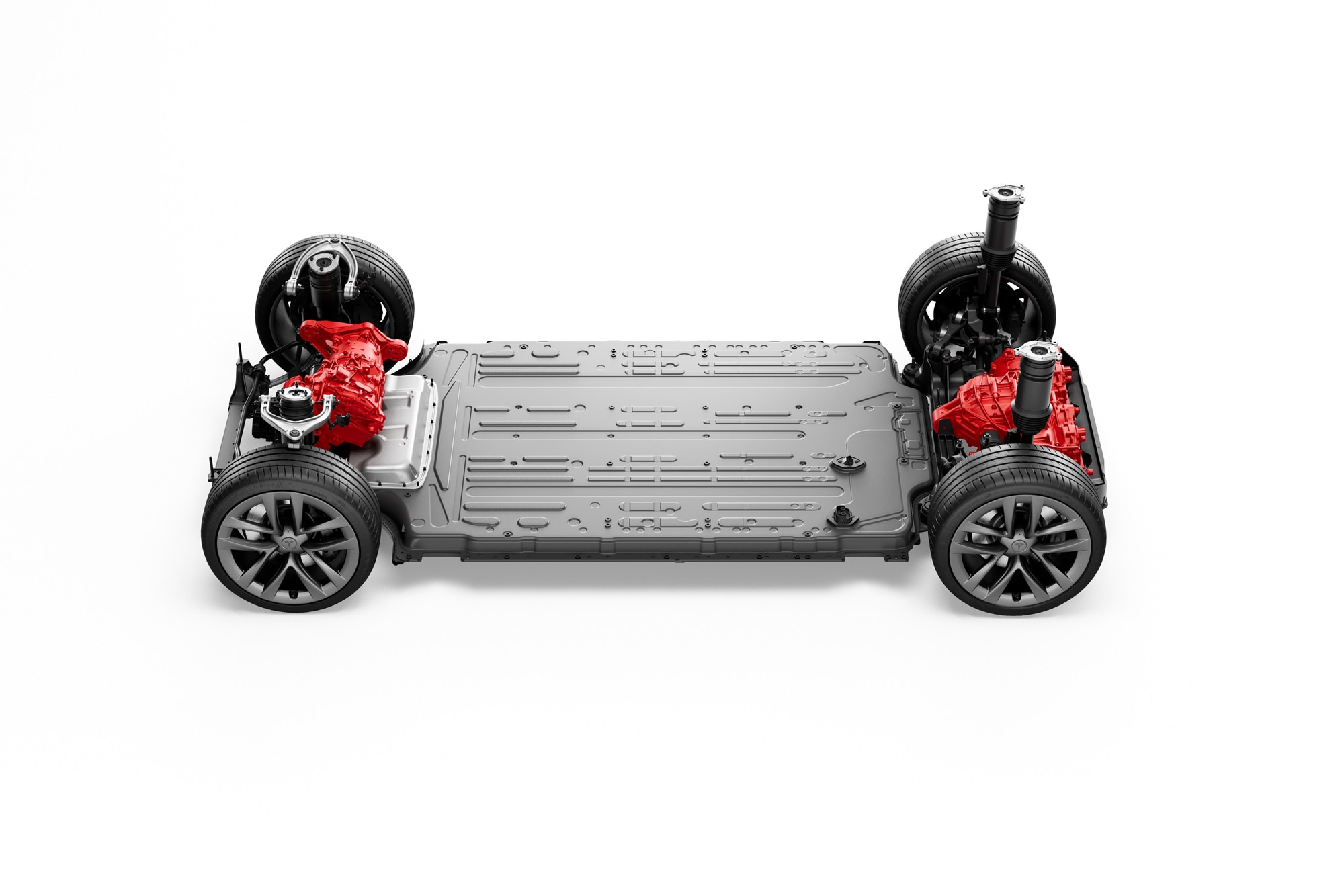The 5 Next Big Things in EV Technology
The auto industry is keen to improve battery operation and the charging experience.
 Tesla
Tesla
Article QuickTakes:
There was a time, not too long ago, when EVs were the next big thing. Well, they’re here now, and automakers and suppliers are working on innovations to make electric cars more usable, convenient, and earth-friendly. Here are five improvements we expect to see on the market soon.
Solid-State Batteries
Most of the batteries we encounter, be they in our laptops or cars, use a liquid electrolyte between the anode and cathode. Solid-state batteries (SSB), on the other hand, employ a solid electrolyte. Benefits of an SSB include better energy density (how much energy you can pack into a given volume or mass), with some prototypes offering twice the density of today’s lithium-ion EV batteries. SSBs are able to charge more quickly and are less flammable than their liquid-electrolyte counterparts too.
What’s holding SSBs up? Mainly cost, plus more development is needed to find the right combinations of materials to stand up to on-road abuse and the wide temperature ranges in which we use our vehicles.
Faster Fast-Charging
Replenishing an EV’s battery pack still isn’t as quick as filling the fuel tank on an internal-combustion car. DC fast-charging gets us the closest, with a top-off (to 80%) taking as little as 18 minutes in some cases. Automotive suppliers and academics are looking for ways to cut that time down considerably.
For instance, battery makers, including those working on SSBs, are experimenting with new cell chemistries to improve ion flow between the electrodes. And researchers at the Institute for Basic Science theorize that they could apply certain quantum physics concepts to a battery to enable superquick charging. Namely, they would have it so all the cells communicated with one another and charged as a whole, instead of in parallel, one by one. The more cells in the battery, the greater the potential speed-up.
Wireless Charging
This one is all about convenience. It’s not that plugging in an EV is a huge burden, but not plugging it in is definitely easier. Wireless charging for a car works a lot like it does for a cellphone; the car has a receiver mounted to its underbelly, and when parked over a special mat, it receives juice through a magnetic field. Companies are popping up across the automotive landscape promising this tech soon, and there are already trials underway, including one at a transit bus station.
Dual-Chemistry Batteries
Imagine if your car had two batteries, one meant for short trips and another designed for long journeys. That’s the idea behind dual-chemistry batteries, which combine the best of both worlds into one package. One cell chemistry is better for storing power and the other is geared toward quick delivery of power. Our Next Energy, a startup working on this technology, recently broke a range record with a prototype of its Gemini battery in a Tesla Model S; the car traveled 752 miles on one charge. BMW is working with ONE to test this dual-chemistry tech on a prototype of the automaker’s new iX electric crossover too.
Sustainability
It takes a lot of raw materials to make a battery, and some of those materials are scarce and/or environmentally unfriendly to acquire. As battery chemistries evolve, manufacturers are taking a closer look at what goes into them, both for financial reasons (reducing exotic materials that are hard to obtain) and social ones (conflict-free mining is a big topic). In addition to the initial material choice, battery makers are paying attention to how those materials get used and reused down the line, with several startups working on closed-loop recycling of battery packs.



